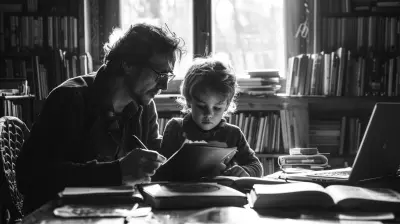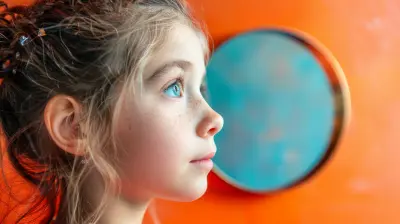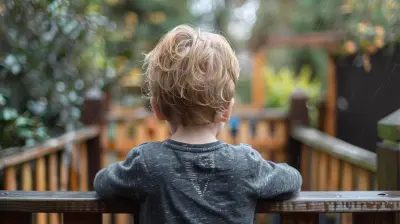Building Character: Responsibility as a Key Component
24 October 2025
Let’s face it—parenting isn’t just about keeping our kids fed, clothed, and on time for soccer practice. It’s also about shaping their values, nurturing their strengths, and guiding them to become resilient, respectful, responsible adults. That last word? Responsibility? Yeah, that's a big one. In fact, it's huge when it comes to building character.
But teaching responsibility doesn't mean we need to turn into drill sergeants or follow rigid rulebooks. It’s more about everyday moments—those little nuggets of opportunity where we can guide our kids toward owning their choices, understanding consequences, and showing up for themselves and others. So grab your coffee (you’ve earned it!), and let’s chat about why responsibility is a key piece of the character puzzle—and how you can help instill it in your little humans.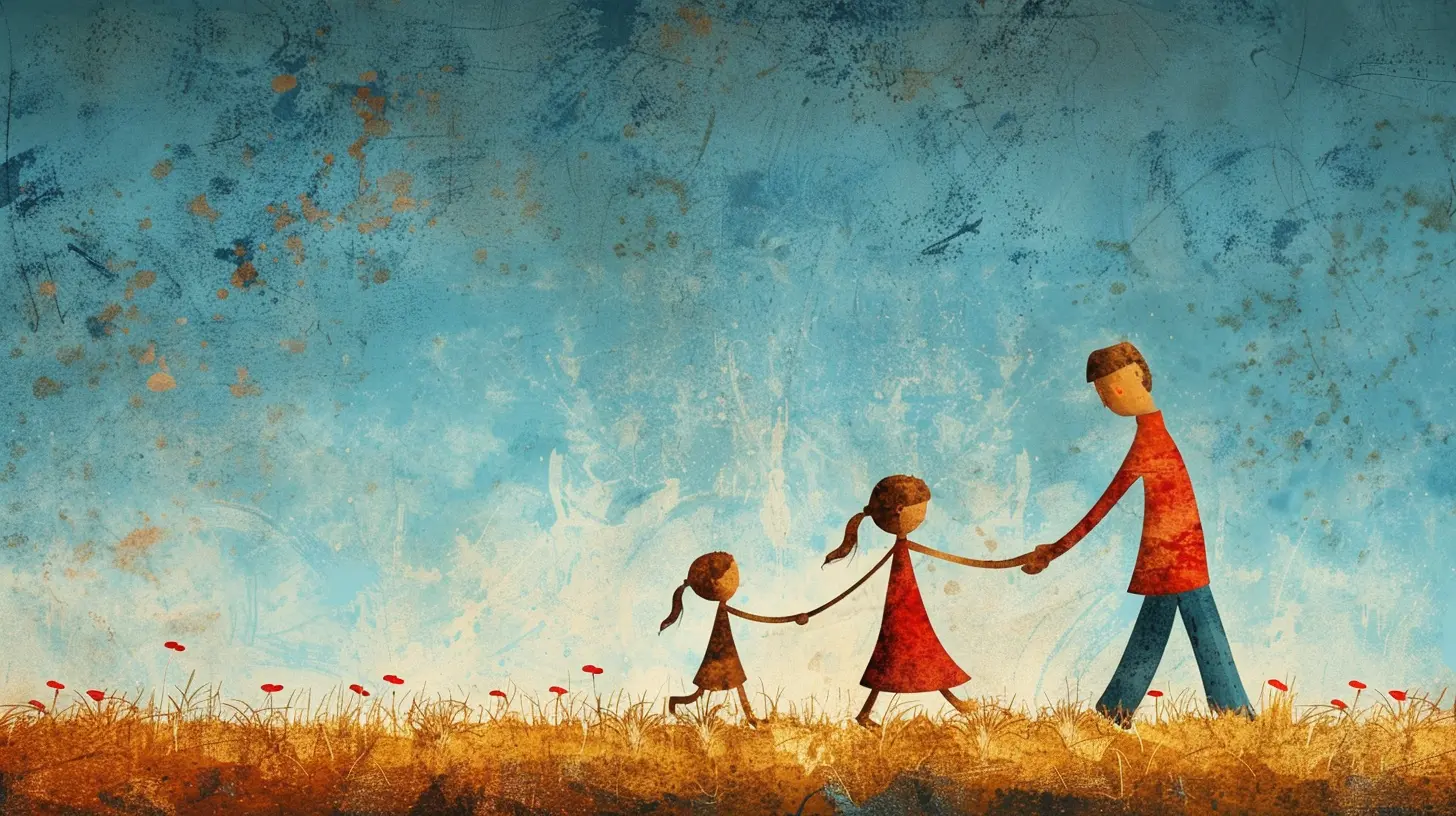
Why Responsibility Matters More Than Ever
We live in a world where everything is on-demand, instantly accessible, and often…a bit self-centered. That’s not to knock modern life—we all love a good streaming binge—but it does create a challenge for parents.Kids are growing up in a culture that emphasizes gratification over grit. And that’s exactly why teaching responsibility is more important than ever. Responsibility builds character, plain and simple. It’s the glue that holds together integrity, self-discipline, and compassion. When kids embrace it, they become the kind of people others can count on—the friends, coworkers, and leaders that make a difference.
Sounds profound, right? But how do we get our 8-year-old to just remember to feed the dog without a daily meltdown? Don’t worry. We’re getting there.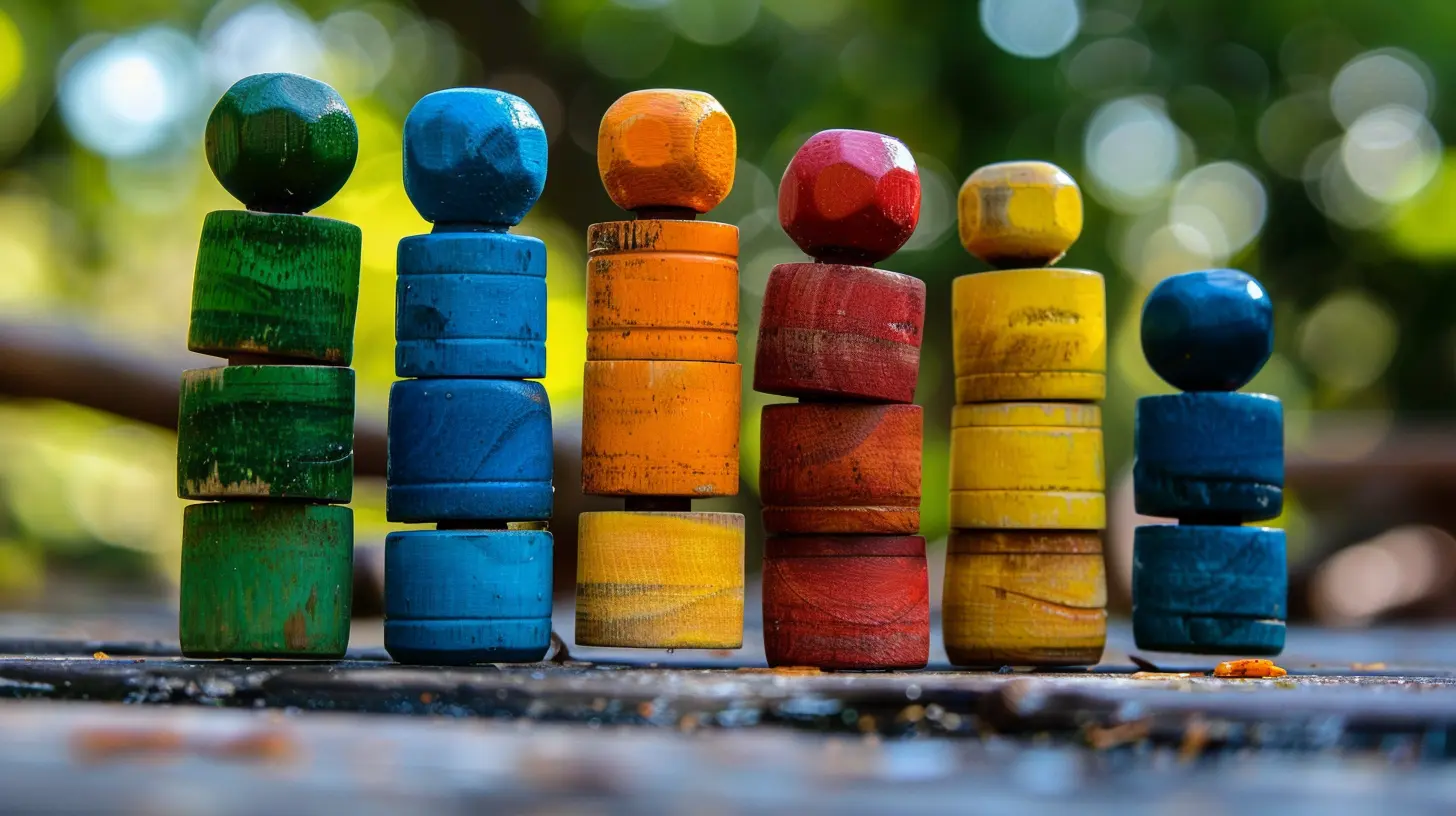
The Foundation: What Is Responsibility, Anyway?
Before we start assigning chores and handing out gold stars, let’s break down what responsibility actually means.In real life (not the textbook version), responsibility is about:
- Doing what you say you’ll do (even when you don’t feel like it).
- Accepting the outcome of your actions, whether good or bad.
- Taking initiative without being prompted.
- Being accountable to yourself and others.
It’s not about being perfect. It’s not even about being super organized (although that helps!). Responsibility is really about being trustworthy and owning your role in this great big world.
And get this—children want to be responsible. They really do. It gives them a sense of pride and purpose. They feel capable. Valuable. Like they matter. The trick is helping them connect the dots.
Early Lessons: Responsibility Starts Small
Let’s talk toddlers and early childhood. You might not expect your 3-year-old to balance a checkbook (do people still use those?), but even the tiniest kids can start learning about responsibility.Think of it like teaching them to ride a bike. You start with training wheels, give a little push, and eventually, they’re zooming off down the sidewalk.
Here are a few ways to introduce responsibility early on:
1. Let Them Help—Even If It Slows You Down
Kids love to feel involved. Let them stir the pancake batter, match socks from the laundry, or carry groceries (even just one item). Sure, it might take longer, but it instills that beautiful sense of “I contributed.”2. Assign “Big Kid” Tasks
Give them a job that feels important—like making sure the family’s snack bin is stocked or turning off the lights before leaving the room. Celebrate their success!3. Praise Effort, Not Just Results
If your little one tries hard to clean their room, but it still looks like a tornado struck, resist the urge to redo it. Instead, say, “I love how you took the time to put your toys away! That shows responsibility.”
Responsibility Through the School Years
As kids grow, so do their capacities—and their potential to dodge responsibility like it’s a game of tag. (Let’s be honest, blaming the missing homework on “the dog” is still alive and well.)But here’s where the real character-building happens. Kids are learning how to balance schedules, friendships, schoolwork, and emotions. It’s a lot. So, how do we help them carry some of that load without overwhelming them?
1. Create Routines and Habits
Routines are like secret superpowers. They help kids know what’s expected and build consistency. Whether it’s a morning checklist or a bedtime prep sequence, having systems in place allows kids to take charge of their own responsibilities—without having to be reminded 17 times.2. Use Natural Consequences
Forgot to pack lunch? They might get hungry. Didn’t do their homework? They’ll get a lower grade. These kinds of real-life consequences teach far more than nagging ever could. (Not that we don't try!)The key? Resist rescuing them too quickly. That’s how they learn.
3. Give Them Some Skin in the Game
Whether it’s letting them plan a family outing or manage part of their allowance, give kids ownership. When they have a personal stake in the outcome, responsibility stops being a chore and starts being empowering.Responsibility and Emotions: The Character Connection
We often focus on external tasks when we talk about responsibility—like making beds or finishing homework. But emotional responsibility? That’s the quiet, powerful stuff that really defines character.This means teaching kids to:
- Own their feelings (“I was really frustrated when…”)
- Apologize sincerely when they’ve hurt someone
- Make amends and seek solutions
- Think about how their actions affect others
It’s not easy. Heck, many adults struggle with emotional accountability. But when kids learn to pause, reflect, and adjust their behavior based on empathy and insight, they’re building a rock-solid foundation for integrity.
Start with small steps. Talk through conflicts. Ask open-ended questions like, “How do you think your friend felt when that happened?” or “What could you do next time?” Guide, but don’t lecture. Let them reach their own “a-ha” moments.
Leading by Example: Parenting with Purpose
Let’s be real for a sec: We can’t expect our kids to be responsible if we’re constantly making excuses, blaming others, or brushing off our own commitments.Kids are always watching. And while that can feel a bit daunting (hello pressure!), it’s also a powerful tool. When we model responsibility—whether it’s owning up to a mistake, showing up on time, or following through on a promise—we’re teaching without saying a word.
So the next time you forget the cookies for the class party? Own it. Laugh about it. And let your child see how adults take responsibility with grace and good humor.
Encouragement Without Shame
There’s a fine line between holding kids accountable and shaming them. One builds character; the other breaks it down.If your child drops the ball, stay calm. Talk it through. Help them think about what could be done differently next time. Let responsibility be a learning moment, not a punishment.
Remember: The goal isn’t perfection—it’s progress.
Chores: Not Just About Clean Rooms
Ah, chores. The universal battleground for families everywhere.But here’s the thing—chores aren't just about getting stuff done. They're about teaching life skills, building confidence, and reinforcing the idea that everyone contributes to the household.
The key? Make it age-appropriate, clear, and consistent.
Age-Based Chore Ideas:
- Ages 3–5: Put toys away, feed pets, help set the table- Ages 6–9: Make bed, sort laundry, water plants
- Ages 10–13: Vacuum, do dishes, take out trash
- Teens: Cook meals, mow lawn, run errands
Pro tip: Pair chores with privileges—not punishments. Want screen time? Dishwasher comes first. Simple and effective.
Responsibility in the Digital Age
Let’s not forget the digital world. Teaching responsibility now includes managing screen time, online behavior, and digital footprints.Kids need to understand:
- The importance of kindness online
- That what they post creates a lasting impression
- How to balance tech with real-life responsibilities
It’s a new frontier, but the core lesson remains: Own your actions—on and offline.
Bonus Tip: Let Them Fail (Yes, Really)
This one’s tough, but so worth it. Let your kids experience failure. Yep—forgotten homework, missed deadlines, even minor public embarrassment. These “failures” actually fertilize growth.When you swoop in to fix every hiccup, you rob them of the chance to learn grit, resilience, and—you guessed it—responsibility. Be their safety net, not their bubble wrap.
Wrapping It All Up: Growing Responsible Humans
Responsibility isn’t a lesson you teach once and cross off your parenting checklist. It’s a lifelong journey, filled with trial, error, encouragement, and lots of reminders. (And yes, deep breaths.)But when you raise a child who understands and embraces responsibility, you’re giving them more than good habits. You’re helping them grow into thoughtful, reliable people who step up when it counts.
And really, isn’t that what parenting is all about?
So the next time your child whines about taking out the trash or forgets to do their homework, remember—they’re not just being kids. They’re practicing. Growing. Learning. And with your guidance, they’re on their way to becoming someone truly extraordinary.
Breathe easy. You’ve got this.
all images in this post were generated using AI tools
Category:
Teaching ResponsibilityAuthor:

Liam Huffman
Discussion
rate this article
1 comments
Nix McQuaid
This article beautifully highlights the essential role of responsibility in character building. By instilling a sense of accountability in children, we equip them with the tools to navigate life’s challenges. Fostering responsibility not only promotes independence but also encourages empathy and respect for others. A must-read for parents!
November 18, 2025 at 4:24 PM

Liam Huffman
Thank you for your thoughtful comment! I'm glad you found the article on responsibility in character building valuable for parents.
